How to Source the Best 99 Percent Pure Polyacrylamide for Your Business
Table of Contents
- Understanding Polyacrylamide: What Makes 99 Percent Pure Different
- Key Applications of 99 Percent Pure Polyacrylamide in Various Industries
- Evaluating Suppliers: How to Find Reliable Sources for Polyacrylamide
- Cost-Benefit Analysis: Is 99 Percent Pure Polyacrylamide Worth the Investment?
- Quality Assurance: Testing and Standards for Polyacrylamide Products
- Sustainability Considerations: Eco-Friendly Practices in Polyacrylamide Sourcing
- FAQS
- Conclusion
- Related Posts
Navigating the world of chemical sourcing can be pretty tricky these days. Finding a reliable supplier who offers high-quality materials is super important if you want to keep your products top-notch. One material that keeps popping up across various industries—think water treatment, paper making, and oil recovery—is 99% pure polyacrylamide. Here at Qingdao Oubo Chemical Co., Ltd., we’ve been around since 2011, and our goal is simple: to provide a solid selection of polyacrylamide products—cationic, anionic, and nonionic—to suit whatever your business needs might be. In this blog, I’ll share some key tips on how to find the best 99% pure polyacrylamide out there. By following these, you’ll be able to streamline your production, all while making sure you're getting the highest quality material available in the market.
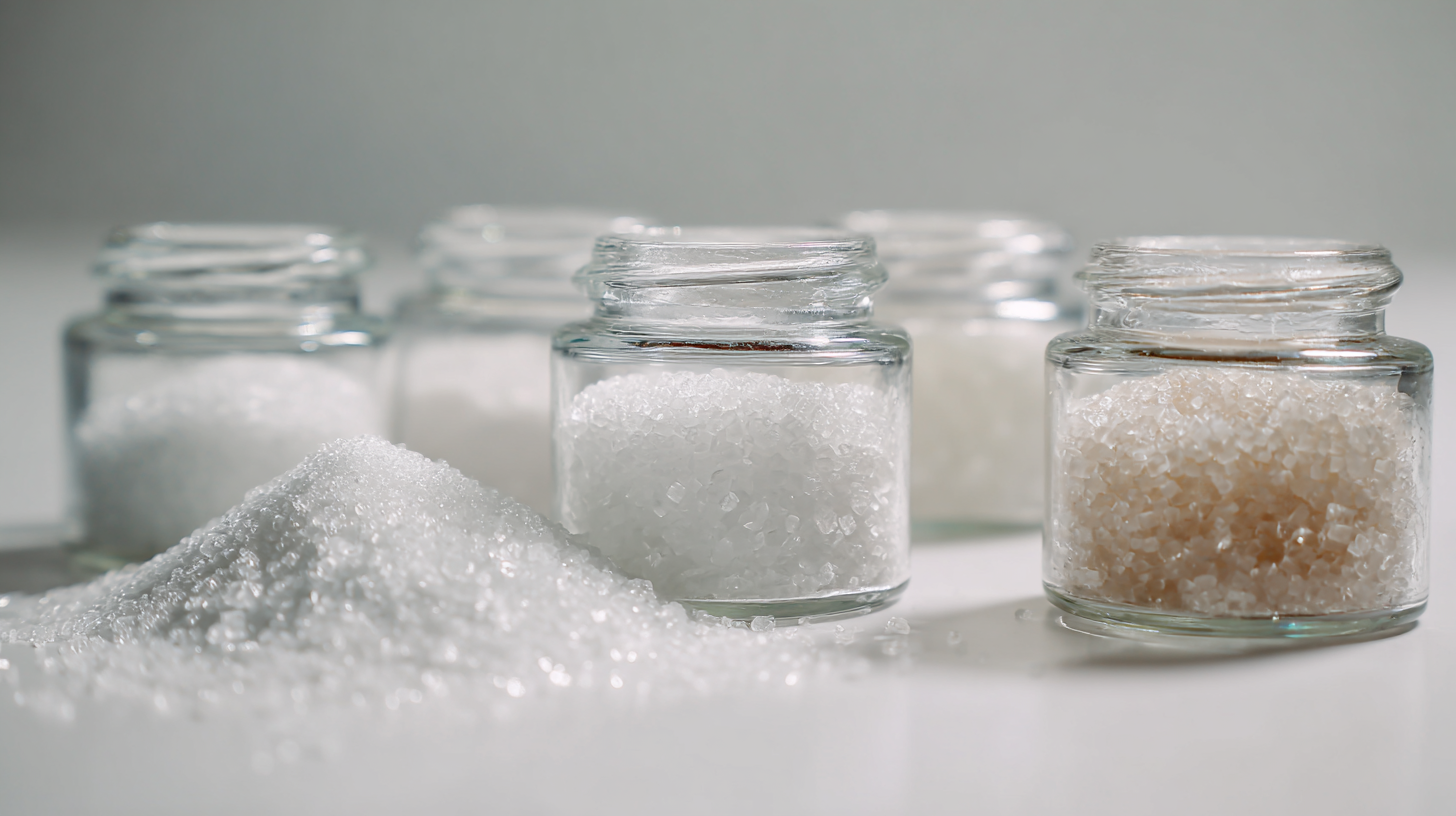
Understanding Polyacrylamide: What Makes 99 Percent Pure Different
Polyacrylamide is a water-soluble polymer that really comes in handy across a bunch of industries—think water treatment, soil conditioning, and even oil recovery. One thing that’s super important is the purity of the polyacrylamide. When it’s 99% pure, it tends to perform way better—more stable and efficient—compared to the lower purity stuff. Actually, a report from Transparency Market Research mentioned that the demand for high-purity polyacrylamide is on the rise, growing at about 5.8% annually through 2026. This is mainly because it’s crucial for tasks that need really precise results and reliability.
If you’re looking to get your hands on polyacrylamide, understanding how the purity level impacts performance is a must. Pure polyacrylamide has fewer impurities, which means it works more effectively—especially in delicate processes like flocculation and coagulation during water treatment. A study from the American Institute of Chemical Engineers even found that higher purity grades lead to bigger flocs and faster sedimentation—up to 30% more efficient than lower-quality options. Not only does this boost operational efficiency, but it can also save you some serious cash. So, choosing the right source for that 99% pure polyacrylamide isn’t just a good idea—it’s pretty much essential to make sure everything runs smoothly and optimally for your business.
Key Applications of 99 Percent Pure Polyacrylamide in Various Industries
Did you know that 99% pure polyacrylamide (PAM) is actually a pretty versatile polymer? It's used across a bunch of industries — from water treatment and agriculture to oil recovery. I read in a report from Research and Markets that the global market for polyacrylamide is expected to hit around USD 6.7 billion by 2026, growing at a steady 6.5% CAGR. Pretty impressive, right?
In water treatment, PAM basically acts as a flocculant — helping to trap and settle out contaminants way more efficiently. That means cleaner water and a smoother purification process overall.
On the farming side of things, this stuff is super helpful for soil stabilization and keeping moisture locked in. Basically, it improves soil structure and cuts down erosion, which leads to better crop yields. The National Agricultural Statistics Service even says that using PAM can boost agricultural productivity by up to 20%. Crazy!
If you’re thinking about sourcing PAM, a couple of tips: look for suppliers with good certifications, and check that their product specs promise high purity and performance. And hey, doing small test runs before going all-in can save you some trouble — it’s a smart way to see if PAM works well for your specific needs.
Key Applications of 99 Percent Pure Polyacrylamide in Various Industries
Evaluating Suppliers: How to Find Reliable Sources for Polyacrylamide
When you're on the hunt for 99% pure polyacrylamide for your business, it’s really important to carefully check out your potential suppliers. You want to make sure they’re legit—so start by looking at their credentials, like certifications and whether they follow industry standards. A good supplier should be pretty open about how they make their products and be willing to share proof of purity and quality. This not only helps you feel confident in what you’re getting, but also reduces the chances of ending up with subpar materials.
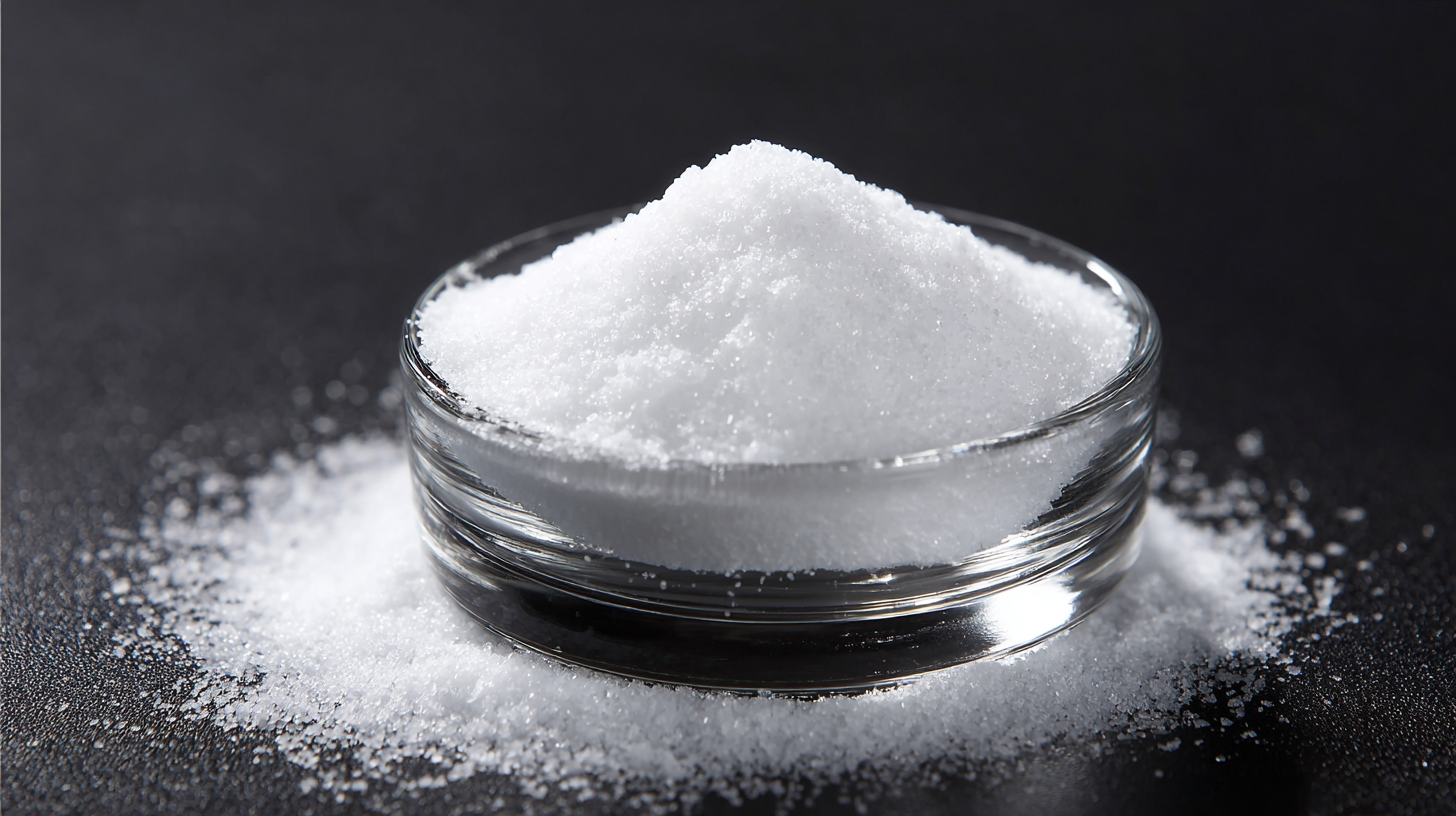
One helpful tip is to look at customer reviews and case studies. Chat with other businesses that have worked with the supplier and see what their experiences were like. It’s also a good idea to ask for samples—try testing them yourself to see if the purity and quality hold up before you go all-in.
And let’s not forget about communication—having a supplier who responds quickly and knows their stuff makes a huge difference. Make sure they really get what you need, so there aren’t any mix-ups down the line. Building a solid relationship with your supplier can lead to better prices, smoother service, and a more reliable supply chain overall.
Cost-Benefit Analysis: Is 99 Percent Pure Polyacrylamide Worth the Investment?
If you're thinking about investing in 99% pure polyacrylamide (PAM) for your business, it's really worth doing a proper cost-benefit rundown first. This top-grade polymer is pretty well-known for how well it works in a bunch of areas—things like water treatment, farming, and even oil recovery. Sure, it might cost a bit more upfront compared to the cheaper, lower-purity options, but honestly? The benefits often make that extra expense worth it. Because higher purity usually means better performance, more efficiency, and less product needed overall, which can seriously cut down your operational costs over time.
On top of that, using this pure form of PAM can boost the consistency and quality of your results, which your customers will definitely notice and appreciate. Companies that stick with the 99% purity often see fewer process hiccups and save on maintenance, since the material’s better properties help prevent frequent replacements. In markets where top-notch quality really matters, choosing this premium PAM isn’t just about the money—it’s a smart strategic move that can set your business apart as a leader in quality and dependability. Making an informed decision here can really pay off in the long run, leading to better returns and steady growth for your business.
Cost-Benefit Analysis of 99 Percent Pure Polyacrylamide
| Category | Option 1 | Option 2 | Option 3 |
|---|---|---|---|
| Cost per Kg | $5.00 | $4.50 | $5.50 |
| Purity (%) | 99 | 99 | 99 |
| Application Range | Water Treatment | Agriculture | Mining |
| Delivery Time (Days) | 7 | 10 | 5 |
| Customer Satisfaction (%) | 85 | 90 | 88 |
Quality Assurance: Testing and Standards for Polyacrylamide Products
When you're sourcing 99% pure polyacrylamide for industrial use, making sure the quality checks out is absolutely crucial. Doing proper testing and sticking to the established standards can really make a difference in how well the final product performs and how effective it is. I came across a report by Grand View Research that said the global demand for acrylamide derivatives, including polyacrylamide, is expected to hit around 6.4 billion USD by 2027. That just goes to show how important it is to keep quality consistent.
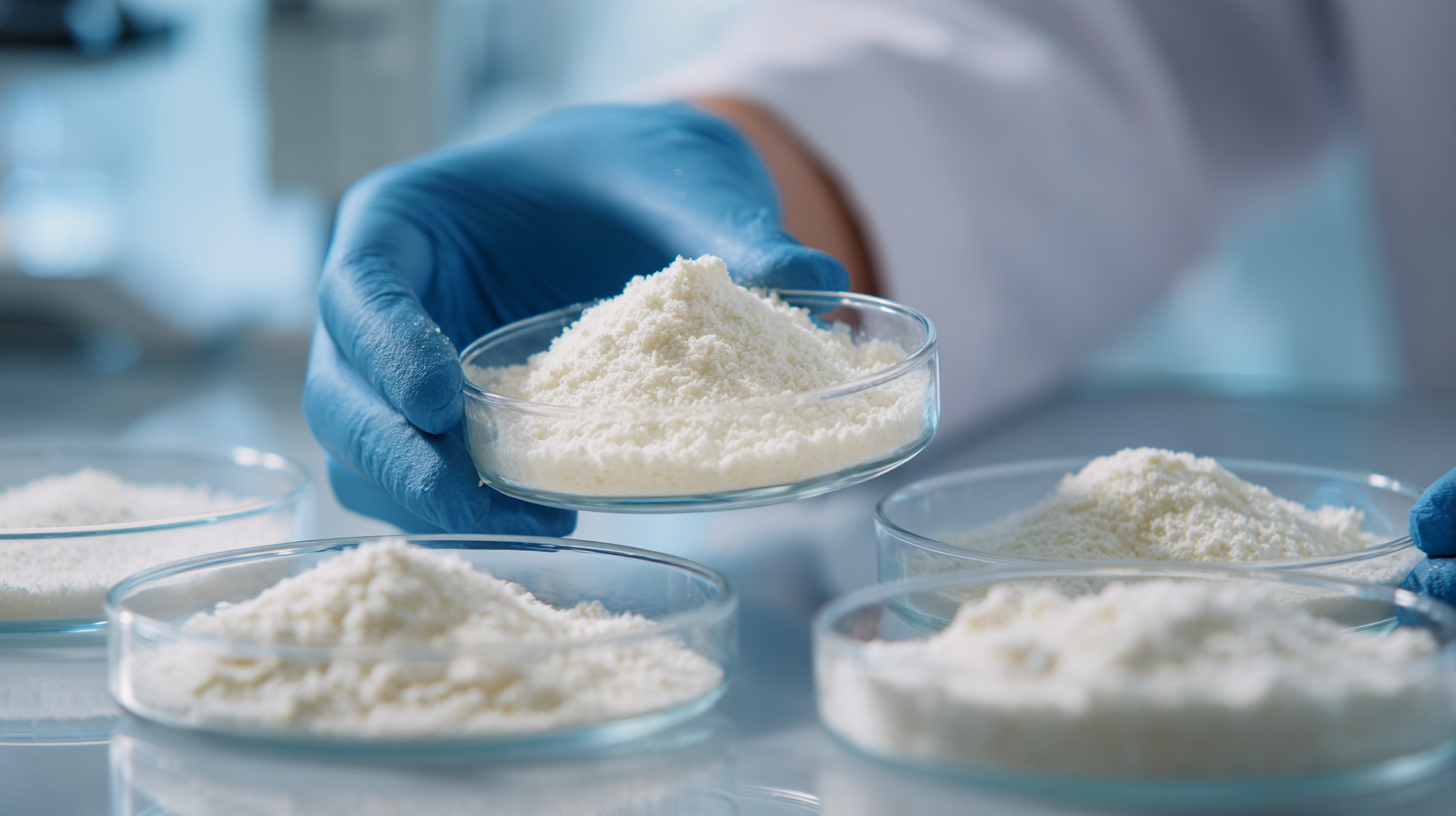
If you want your polyacrylamide to meet the right specs, it's a good idea to rely on thorough testing methods like gel permeation chromatography (GPC) and spectroscopic analysis. The ASTM guidelines are super helpful here—they help assess things like purity and molecular weight, which are pretty critical for how it's used in water treatment, soil stabilization, and other industrial processes. There’s even research showing that polyacrylamide with over 99% purity can boost flocculation efficiency by up to 30%. All of this just highlights why strict quality control is such a must when you're sourcing materials that meet these high standards.
Sustainability Considerations: Eco-Friendly Practices in Polyacrylamide Sourcing
Looking to source 99% pure polyacrylamide? It's pretty important to think about how our choices impact the environment. I’ve come across some recent reports showing that around 70% of industrial chemicals, including polyacrylamide, end up contributing to greenhouse gas emissions during their lifecycle. So, if we want to be more eco-friendly, opting for greener sourcing methods makes a big difference. That could mean working with suppliers who focus on sustainable practices—like saving water, using energy wisely, and even adding biodegradable ingredients.
On top of that, picking suppliers who follow well-known environmental standards, like ISO 14001, can really help cut down on environmental harm. I read a study in the Journal of Cleaner Production that found companies practicing sustainable sourcing reduced their resource use by up to 30%. Incorporating recycled materials into the production process is another smart move to boost sustainability. When we make these kinds of informed choices, not only are we supporting environmental efforts, but we're also matching what a lot of consumers want nowadays—since nearly 80% prefer to buy from brands that are serious about eco-friendly practices. It’s all about making smarter, more responsible business decisions, right?
FAQS
: Polyacrylamide is a water-soluble polymer that is crucial in industries such as water treatment, soil conditioning, and oil recovery.
The purity of polyacrylamide affects its performance; 99 percent pure polyacrylamide offers enhanced stability and efficiency compared to lower purity grades.
The demand for high-purity polyacrylamide is projected to grow at a CAGR of 5.8% through 2026, driven by applications requiring high precision and reliability.
Higher purity polyacrylamide minimizes impurities that can hinder performance, particularly in flocculation and coagulation processes, leading to improved floc size and sedimentation rates.
Rigorous testing methods such as gel permeation chromatography (GPC) and spectroscopic analysis are used to assess the purity and molecular weight of polyacrylamide.
The American Society for Testing and Materials (ASTM) provides guidelines that help in assessing the purity and molecular weight of polyacrylamide.
Using 99 percent pure polyacrylamide can improve flocculation efficiency by up to 30%, which enhances operational outcomes and leads to cost savings.
The global demand for acrylamide derivatives, including polyacrylamide, is projected to reach 6.4 billion USD by 2027.
Quality assurance is essential because it significantly impacts the performance and efficacy of polyacrylamide products in various applications, ensuring they meet required specifications.
Impurities can hinder the performance of polyacrylamide, especially in sensitive processes, leading to less efficient results compared to products with higher purity.
Conclusion
If you're trying to get your hands on high-quality 99% pure polyacrylamide, it's really important to understand what makes it special. This stuff is super versatile and is used pretty widely — from treating water to helping out in agriculture. When you’re scouting for suppliers, making sure you find someone reliable who offers that 99% purity is key. It helps you stick to your specific needs without sacrificing quality. For instance, companies like Qingdao Oubo Chemical Co., Ltd., which has been around since 2011, actually focus on different kinds of polyacrylamide, giving you a bunch of options to find the best fit.
And honestly, doing a little cost-benefit check before diving in is a smart move. You want to see if investing in top-tier, 99% pure polyacrylamide lines up with your business goals. Plus, making sure the product passes strict tests and complies with standards can really boost its reliability. And with sustainability gaining so much importance these days, choosing eco-friendly sourcing practices can do wonders — not just for the environment, but also for how your business is perceived in the market.
Related Posts
-
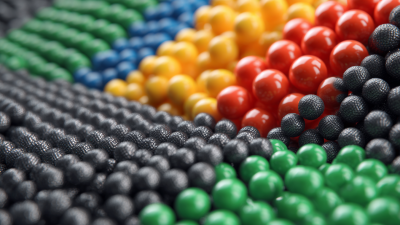
10 Reasons Why High Impact Polymer is the Future of Durable Materials
-
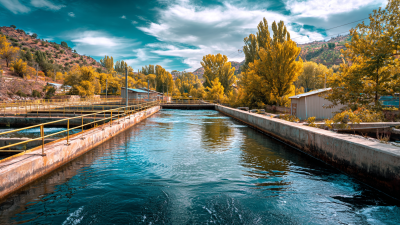
How to Effectively Use Chemical Flocculant for Improved Water Treatment
-
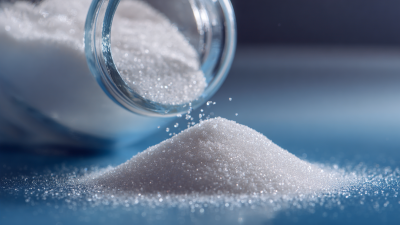
Essential Criteria for Selecting Quality Manufacturers of Best Water Treatment Polyacrylamide
-
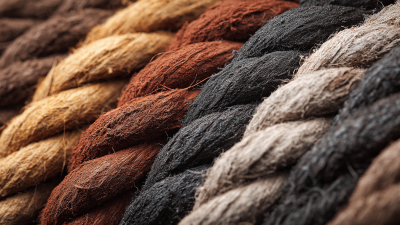
The Ultimate Checklist for Selecting the Right Mixed Polyacrylamide for Your Business Needs
-
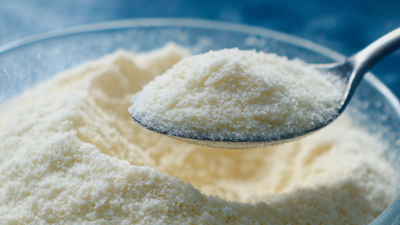
Unlocking the Advantages of Polyacrylamide Complex: A Game Changer for Industry Efficiency
-

Future Market Insights on Best High Impact Polymer and How to Leverage Opportunities by 2025
Blog Tags:

Liam
-

Phone
-

E-mail
-

Whatsapp
-

WeChat
Jessy Lin
Paul Zhou:8613356391894 Eric Wong:8615963245439Emily Wu:8617866856171
-

WeChat
Paul Zhou

-

WeChat
Eric Wong

-

WeChat
Emily Wu








